
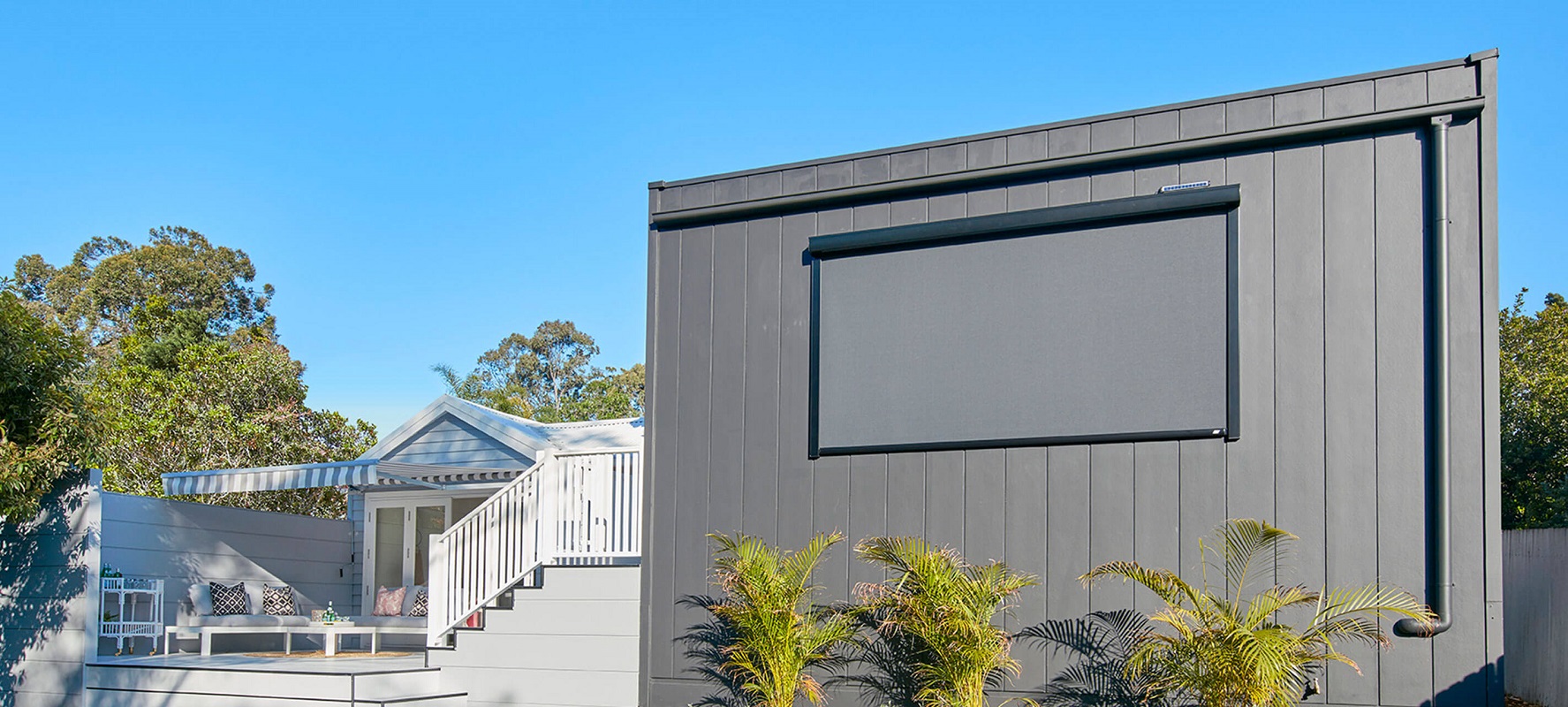
In 2020 COVID-19 forced over half the workforce to utilise their homes as offices, schools, entertainment areas and more, resulting in more money available to be spent on DIY home improvement as many other product and service industries closed down. A number of new products were also launched over this period, we look at these and the impact of the wireless revolution.
The motorisation category has experienced exceptional growth over the past 12 months, with suppliers confirming the ability to integrate or automate a home or workplace is now financially achievable for many people.
LUXAFLEX
The integration and continual innovation of smart appliances in homes have transformed the way people live entirely, enabling users to save time and energy. Approximately 24.9 per cent of Australian households feature smart home technology, and this is expected to increase to 41.9 per cent by 2023[1]. The Luxaflex Motorisation range now has solar motorised control for external straight drop awnings, with complete integration to the PowerView technology. Home owners can enjoy the beauty and convenience of the solar powered motorised awnings with the touch of a button, tap on a smartphone device or voice command.
“Making it easier for homeowners and reducing costs, no certified electrician is required for the installation process due to the low power operation of 24 volts. Brackets are provided so the product can be installed in different angles – either flat or 15 degrees,” says Vera Meharg, Marketing Communications Manager, Luxaflex Window Fashions.
“Ideal for controlling lighting and privacy during any season, the PowerView Solar Motor is an aesthetically pleasing way of utilising solar light to power awnings for lengths up to five metres wide. It is powered by a single 24DC battery receiver unit that integrates a solar panel. The built-in rechargeable battery optimises battery life and is water-resistant.”
External shading, like Luxaflex Evo Awnings, reduces cooling energy costs by up to 60 per cent[2]. With as much as 30 per cent of total heat lost from homes through uncovered windows[3], the simple action of closing the blinds or window shades helps reflect heat and UV rays to drastically reduce a room’s heat gain, protecting furniture from sun damage and fading whilst doing so.
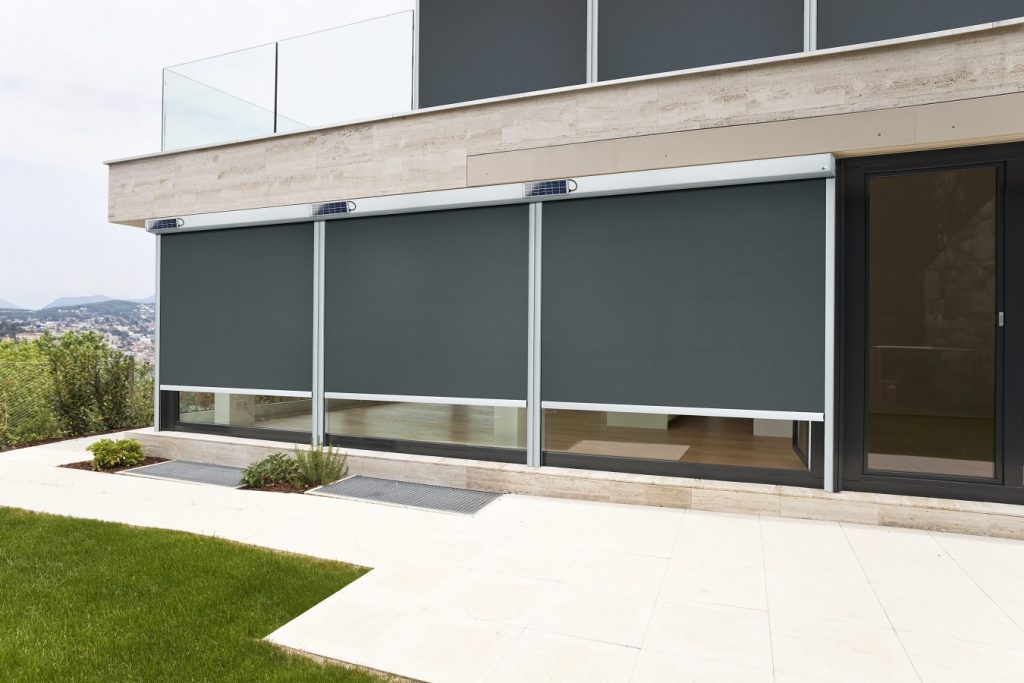
ALPHA MOTORS
David Fezer, CEO of Alpha Tubular Motors Global Corporations, says it is fair to say that the motorisation market has boomed over the last 12 months.
“Our industry as a whole has fared extremely well and motorisation has certainly gone along for the ride. Speaking for Alpha, we have always enjoyed very strong growth, It’s just been phenomenal.”
Alpha last year added a new three Nm version to its Coreless technology DC range. It also released a new obstacle detection motor for Zip systems which has been extremely well received due to its simplicity, reliability and ease of installation.
“Our Coreless Technology battery motors, are one of the quietest battery motors on the market, they last 50% longer between charges and they are extremely well engineered.”
“When we were age testing these motors we stopped testing at 31,000 complete up / down cycles in a 2.8m x 2.1m blind, (that’s 84 years of work) and it was still quiet and running reliably.”
Fezer says the new Obstacle Detection motor for zip systems is a hero product because there is one version for all zip systems, regardless of size.
“You don’t have to drag out the calculator to work out which variant you need. It just works, regardless of whether you have a 1m x 1m screen or a 6m x 4m screen.”
“The other great feature is that you can turn the function on and off, so you don’t end up fighting with the feature during installation as other competing products do. Just do a regular installation and turn it on at the end.”
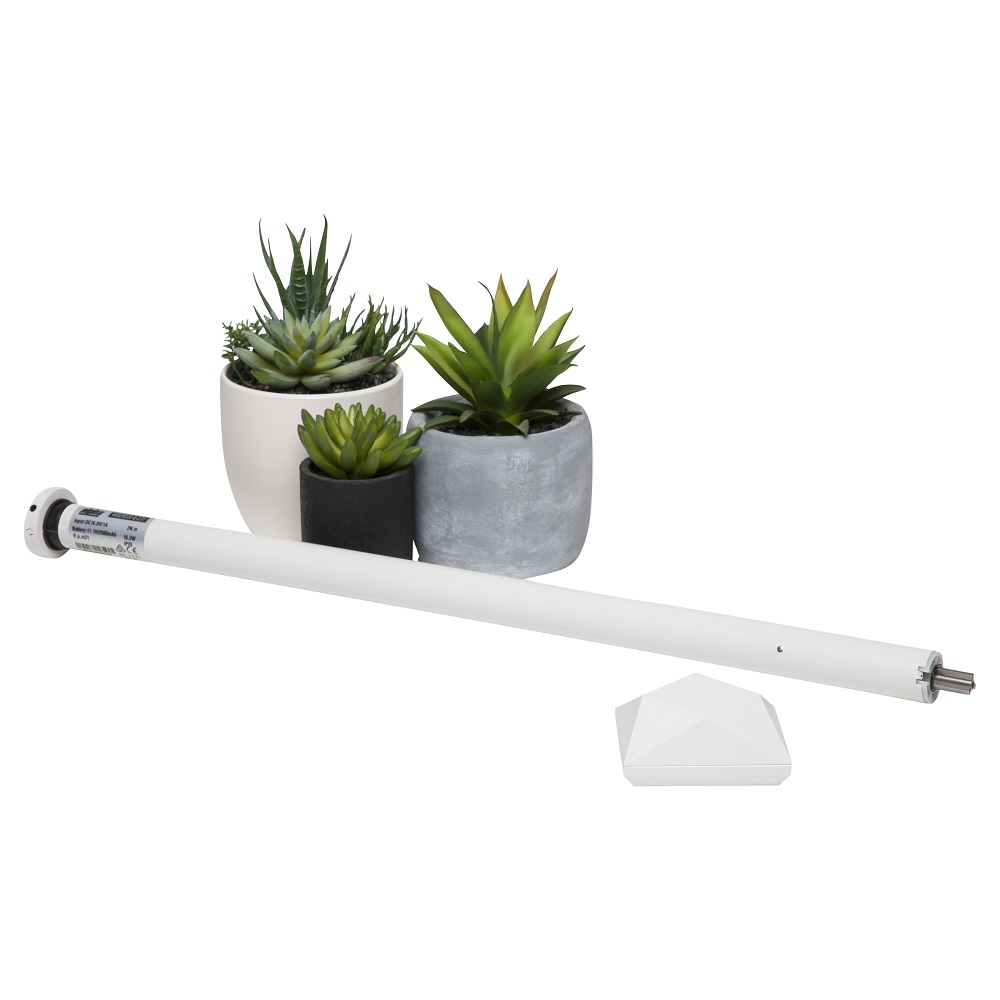
LOUVOLITE
Louvolite has added a new remote control to their existing extensive options already available for its One Touch motorised programme.
“The new two channel remote control was created due to demand from the market place where we were seeing an increasing demand for dual blinds and having a 6-channel remote wasn’t an ideal solution, even though we can lock the channels to suit the consumer’s requirements,” Steve Birtles tells WFA.
“This made it easier for kids and the elderly to better control there blinds at the Touch of a button given them total control.”
Birtles says the Louvolite Vision product has fast become one of the classic products offered by the vast majority of companies.
“It has to be restated that the almost hypnotic effect of a Vision product seen as it rises or lowers seems to intrigue customers and adds a visual value to this product that other products, currently, just achieve.”
“This is no better illustrated than when the items are motorised and either installed in windows that are parallel to each other or on a three- or five-sided bay installation.”
“Historically, the ability to line up the panels in as installation featuring multiple motorised Vision products has, on occasion, taken longer than one would like – but no more.”
Birtles says the new Louvolite One Touch 1200 & 1800 series motors have a simple and ingenious jog button – to allow the assembler or installer to bring the adjacent panels in line with each other so that the entertainment of operating Vision blinds can be enjoyed without frustration.
“In addition, the new motor allows up four intermediate settings to be simply installed to allow each consumer to have unique and very personal operational settings for their blinds.”
“Another important feature is the soft start, soft stop capability which does exactly what it says on the tin, starting and finishing the blind travel at a slower rate – very sophisticated.”
“There is built in protection to protect against overcharging and a choice of 1, 2, 6 or 16 channel remotes. The 1200 & 1800 motors are even easier to programme and set or modify limits.”
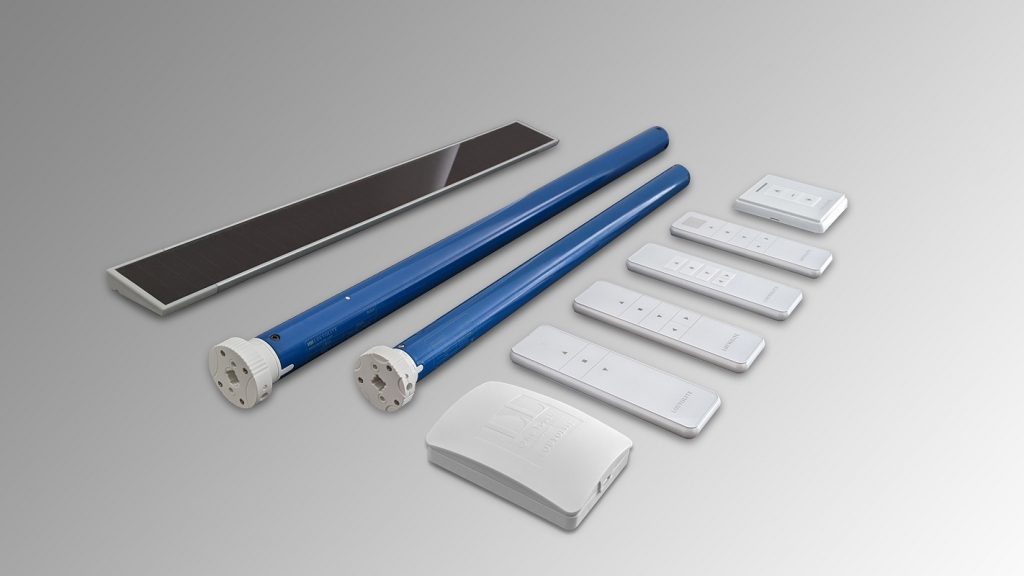
Norman Shutters
Steven Payne from Norman Shutters compares the motorization of shutters to car windows with manual winders being replaced by electric windows; removing a great annoyance we had until then put up without knowing.
“Shutters were one of the last window furnishing products to be cost effectively and reliably motorised. Now with Norman’s PerfectTilt solar charged motorisation, matched with their Invisible Tilt concealed rotation, the window furnishing market has at last a great value for money automation solution for shutters,” Payne says.
“When you think about some of the annoyances of shutters like banks of louvers tilted at different angles and having to manually micro adjust each set of louvres, this is where Norman’s PerfectTilt comes into its own. Norman’s PerfectTilt also offers a convenient solution for light control and privacy for multiple shutter panels and those shutter installations that are out of reach, keeping their louvres aligned perfectly for all times throughout the day or night.”
“Motorisation took years to get significant traction in other window furnishing products, mainly due to the prohibitive cost, but as the popularity increased, prices have decreased. Norman also provides a shutter product that uses wood that is sustainably grown and processed in Australia.”
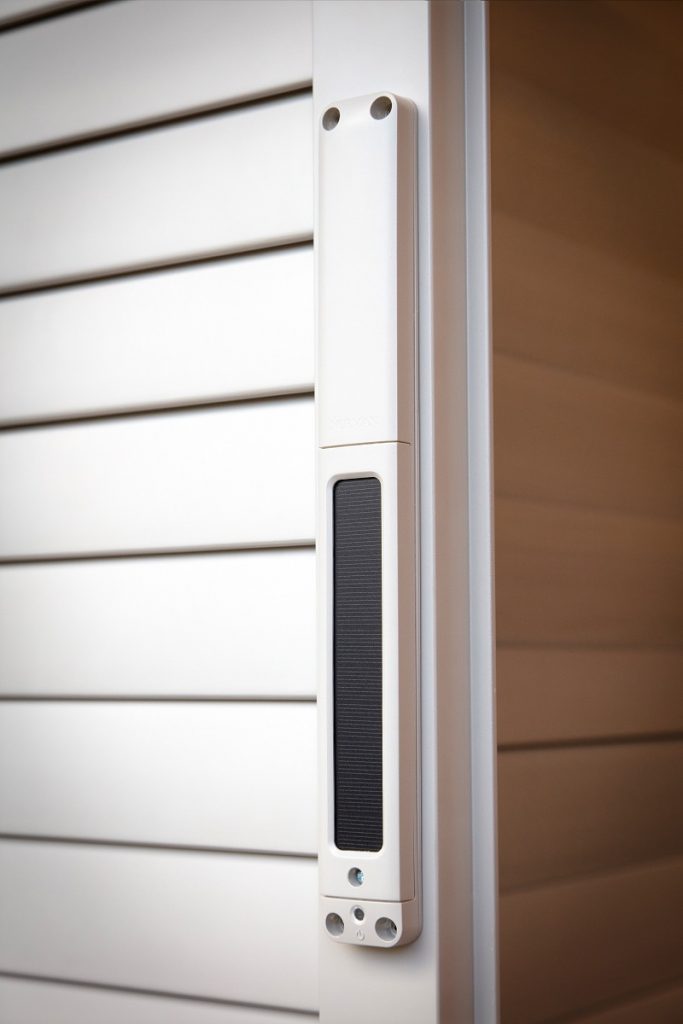
SOMFY
“In 2020, we saw the home become a safe space for everyone. The function of our homes changed from a place to shelter our families and relax to a place where we live and work too. As a result, we saw the home improvement market experience a strong spike in growth with spending was diverted from other areas like travel and hospitality into home improvements,” reveals Somfy Oceania’s Head of Marketing, Paul de Salis.
“This, coupled with government incentives, assisted with growth in the motorisation and automation segment.”
Over the last 12 months, WireFree automation continued to be the biggest growing segment for Somfy. Battery-powered tubular motors such as Sonesse 30 WireFree RTS with embedded Li-ion batteries have already undergone improvements based on market feedback and have been updated with enhanced functionality and improved aesthetics.
“Being able to retrofit has added to the success of Sonesse 30 WireFree RTS,” says Mohamed Ourdjini, National Retail Manager for Somfy Oceania.
“The WireFree motor makes it easy to motorise an existing blind, as the deduction of a motor head is similar to a chain system.”
The Somfy range of WireFree products expanded to include curtain motors in 2020, with the launch of Irismo 45 WireFree RTS.
Promising quick and clean installation, Irismo 45 WireFree RTS is the ideal solution for every project to display prestigious aesthetic details. As a low consumption battery motor, the battery life should last for up to nine months.
Its compatibility with RTS allows users to enjoy the complete smart home experience by controlling their curtains with Connexoon Window RTS and voice control.
“This motor perfectly complements our curtain offer and customers are looking forward to increased use in 2021,” said Laurine Massiot, Somfy Oceania’s Product Manager.
“We’ve been working on enhancing our curtain offer over the past two years and in 2020, we were thrilled to launch a new suite of curtain accessories to further expand and complement our curtain solution offering.
“In response to our Curtain Partners’ valuable feedback, we have launched the new 6.3m curtain rail as well as new accessories for ripple-fold curtains and some black accessories.”
“The new black accessories enable Somfy’s Curtain Partners to offer their customers more versatility and opportunity to achieve their desired curtain design.”
2020 also saw Somfy’s Smoove Origin RTS range boosted by the addition of two and four channel controls.
“We were very pleased to meet our customers’ requirements with the launch of these new switches,” said Massiot.
The tailored solution covers all needs, allowing for group control of multiple applications in a timeless design which can be customised to suit all interiors.
Somfy’s key solutions Connexoon Window RTS and Sonesse 30 WireFree RTS, aim to enhance the end user’s lifestyle by providing convenience and freedom.
Connected solutions continue to be a key driver in the automation of window fashions. Somfy’s Connexoon Window RTS provides smart phone control of all Somfy RTS products. Inbuilt timer functionality allows for automatic control of end products assisting with energy saving in the home, while the ability to open and close your window coverings from anywhere in the world increases home security.
Sonesse 30 WireFree RTS is the latest addition to the market leading Sonesse range of quiet motors. With more than 3.5 million Sonesse motors sold worldwide, the Sonesse 30 WireFree expands the existing 40mm and 50mm Sonesse offer to ensure a quiet Sonesse solution for any installation requirements.
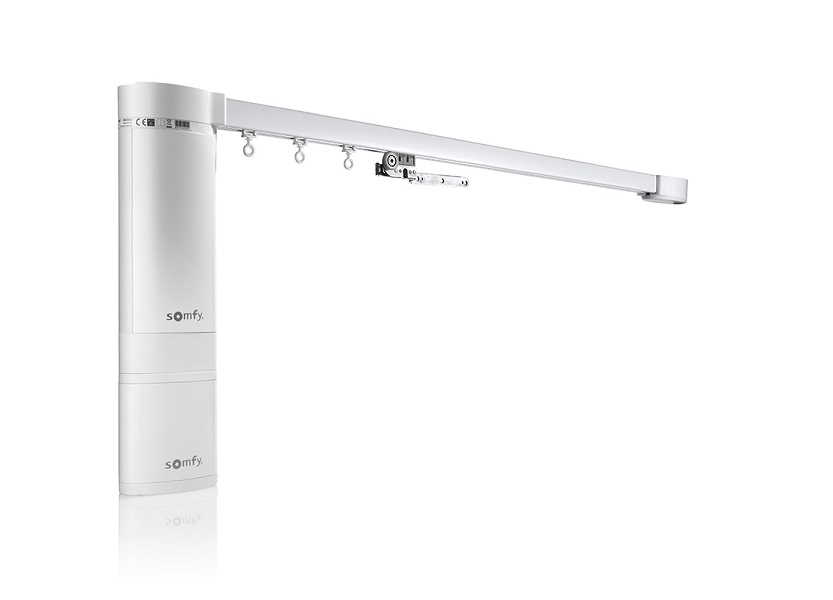
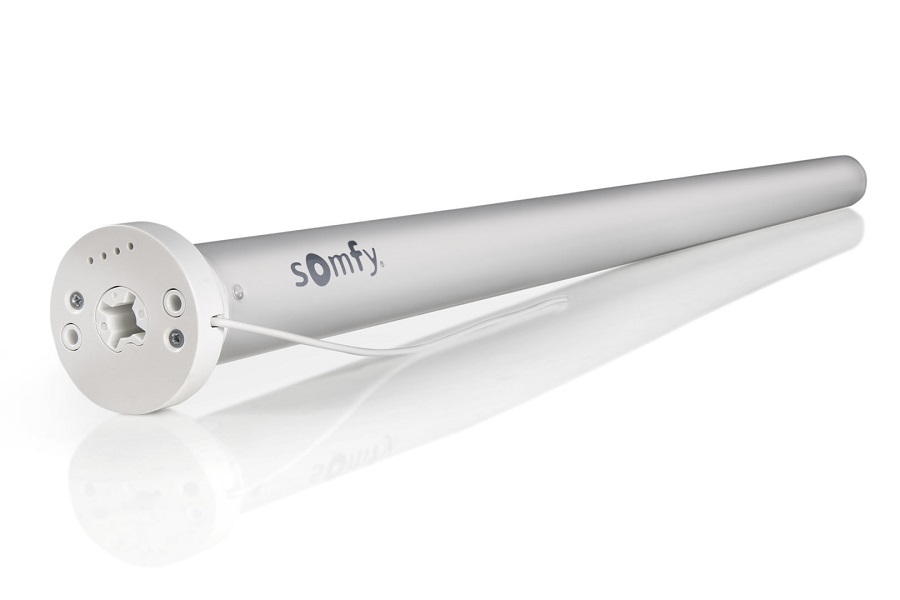
ROLLEASE ACMEDA
Rollease Acmeda has had a number of new releases in the last 12 months with smart home voice usage driving take up. The company reports that their systems are already seeing over 180,000 voice commands via its voice assistants per month and this figure is growing 15-20% per month.
Push15 became available in January this year, it is second remote control in the Push series following the Push5 launched June 2019. The Push15 offers a large LCD display, intuitive levelling control, fifteen channels as well as an additional five dedicated group channels and an integrated battery key providing easier access to remove the battery cover when required. The Push15 still carries the tactile easy button control and favourite positioning functions.
Perfect for Drapery applications, the Automate Versa Motor provides greater power source and installation flexibility.
“You can choose between a line voltage for continuous power or a wire-free set-up with a lithium-ion rechargeable battery pack, to suit your installation needs,” explains Lara Apicella, Marketing Manager, Rollease Acmeda.
“Versa can be mounted vertically within a ceiling pocket for a premium invisible aesthetic and features convenient micro USB charging, when using the rechargeable battery pack.”
“Three speed settings are available to either speed up operation or slow it down depending on your preference, with the lowest setting offering the quietest operation. You can also still manually activate the curtain by gently pulling on the fabric and the motor will complete the action – automatically moving the drapes to the preferred, open or close, position, while ensuring a soft stop for an elegant refined aesthetic.”
The Versa motor and battery module was launched in May 2020 with an AC line voltage module recently added.
“The Versa battery motor was well received into the market, especially having similar programming to the existing roller motors thanks to the ARC protocol which applies to the entire automate suite of motors. Using the App to control your shades has also been a positive selling point, through the app you can schedule daily routines for your shades to suit your lifestyle providing the ultimate comfort and convenience.”
New Automate AX30 and AX50 motors launched Sept 2020, offering a high torque ARC motor suitable for extreme systems featuring Impact Detection as well as open bracket & cassette folding arm awning solutions boasting Self Tightening Technology.
“These universal motors can be used on Wire Guide & Zipscreen Extreme drop roller systems as well as our range of folding arm and drop awning solutions.”
“An optional cassette mode ensures it is compatible with open style as well as cassette style awnings, offering a self-tightening function as the awning comes to a close, ensuring a perfectly sealed headbox.”
Optional upgrades include Wind and Sun Sensors which automatically open or close the awning upon high wind or sunlight exposure, offering a true set and forget solution.
Appicella says the company’s latest app update (Automate Pulse2 App) is due for release in early March.
“It will feature a simplified pairing process which is practically fail proof, a new dedicated support section within the app and a number of user interface improvements.”
“The support feature will provide a direct contact for tech support enquiries, troubleshooting guides on how to correctly pair the hub and identify common shade issues with solutions outlining how to rectify them.”
“We have also improved how the user interacts with available features within the app. The paring process is now animated making it more intuitive and easy to follow.”
The individual shade control screen now features operational buttons conveniently located at the bottom of the screen for easier access as well as a larger shade display. Colours have now been introduced to display signal strength information; green for excellent, blue for good, yellow for average and red for poor. This also features across the battery percentage indicator icons for consistent representation.
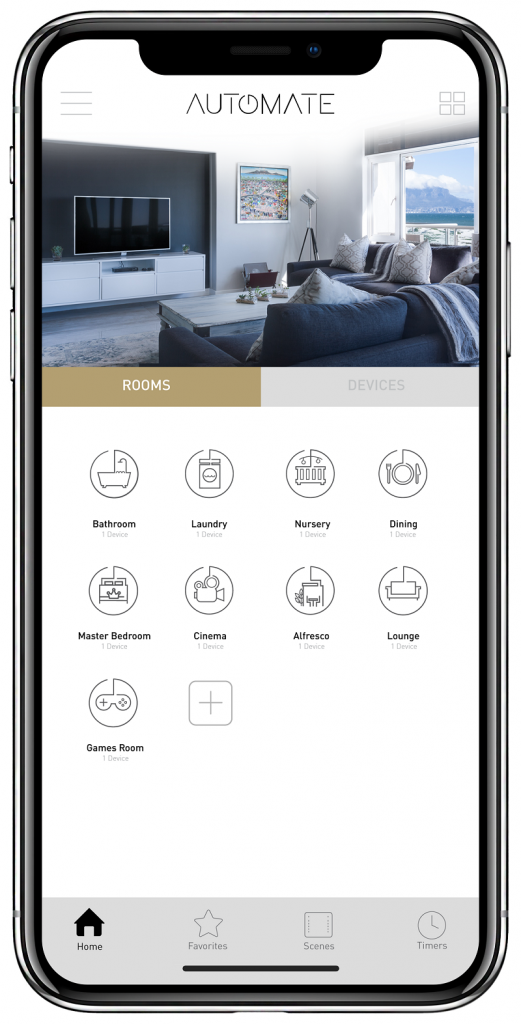
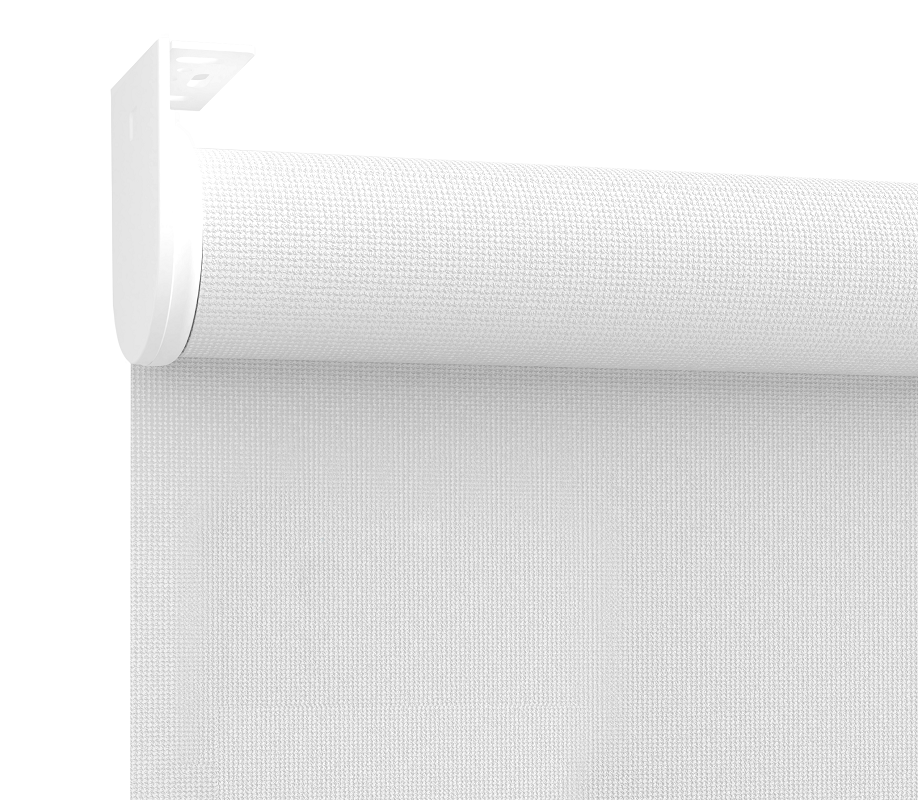
ICL (SA) – A-OK
Peter Monkhouse from ICL (SA), distributor of A-OK motorization products says that biggest concern in the sector for him over the past 12 months was estimating the growth in the market so that they were able to meet demand.
“Smart Home technology will continue to see growth, because it is not just our industry that is promoting the idea of being able to control your appliance from anywhere, but most of the home appliance market,” Monkhouse says.
“Air-conditioning that warms or cools your home before you arrive, security systems that notify you of people at your premises and allow you to not only video them but also speak with them, refrigerators that can send a shopping list directly to the store for a later home delivery the list just goes on and on, right down to a kettle that will have the water ready for coffee when you get home.”
Monkhouse says two new releases to meet this demand for technology are the AC152, with infinitely variable limits remote control and the AM50 Motorized curtain system with extendable preconfigured track. Like all A-Ok products they are compatible with current technology.
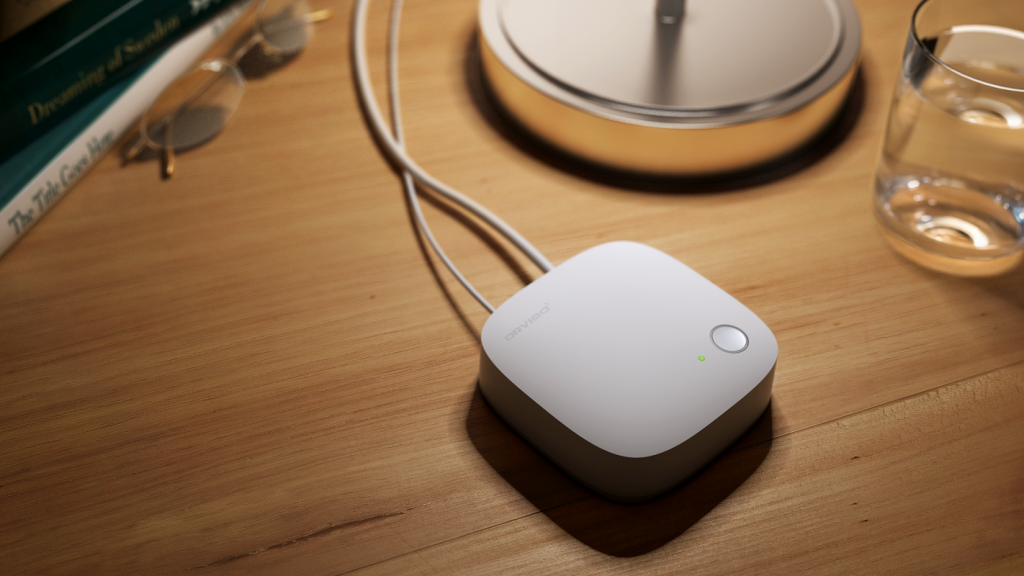
BLINDWARE
Melbourne-based Blindware has had an exciting year, launching some truly innovative motorization products into the market according to Managing Director Grant Norton.
“The biggest launch for Blindware has been the Motolux 28mm DC Motor. This is a true game changer,” Norton says.
“In the past, the large size of motors meant they could only fit into bigger tubes, which was very limiting as it meant only larger blinds could be motorised.”
“AC motors, on the other hand, come with a higher cost to install, which was a barrier for many customers who otherwise loved the idea of motorisation.”
“DC motors have always been small, with low power, limiting their use to only 2×2 square metre blinds. All these things made motorisation just not a viable or practical option for many consumers.”
Blindware has responded to this need in the market with their new, 28mm DC Motolux motor.
“It’s a motor that can fit in small and big tubes, from 38mm to 50mm, and the 1.8Nm torque rating means it can lift any size internal blind up to three metres wide. It’s a true game changer,” Norton says.
With installation costs making AC motors prohibitively expensive in many cases, the Motolux 28mm DC motor not only saves on the installation and maintenance cost required in AC systems, but as a low voltage motor it can easily be maintained by the user.
“The 28mm DC motor is something that will reshape the motorisation market,” says Norton.
Norton says that traditionally there hasn’t been many good quality yet affordable options for motorised curtain systems (like S Fold Systems).
To fill this gap in the market Blindware has also been busy designing new entrants into the category. Two new motorised curtain tracks have been launched by the Melbourne-based wholesaler in the past 12 months, a hybrid power motor, with three wire (radio control) and four wire (home and building automation) modes of operation in the one motor; and a curtain motor with rechargeable lithium battery.
“Our new curtain motors have been designed to be quieter, with a higher torque and premium functionality like soft start/stop mode that make them quite different to anything else on the market,” Norton says.
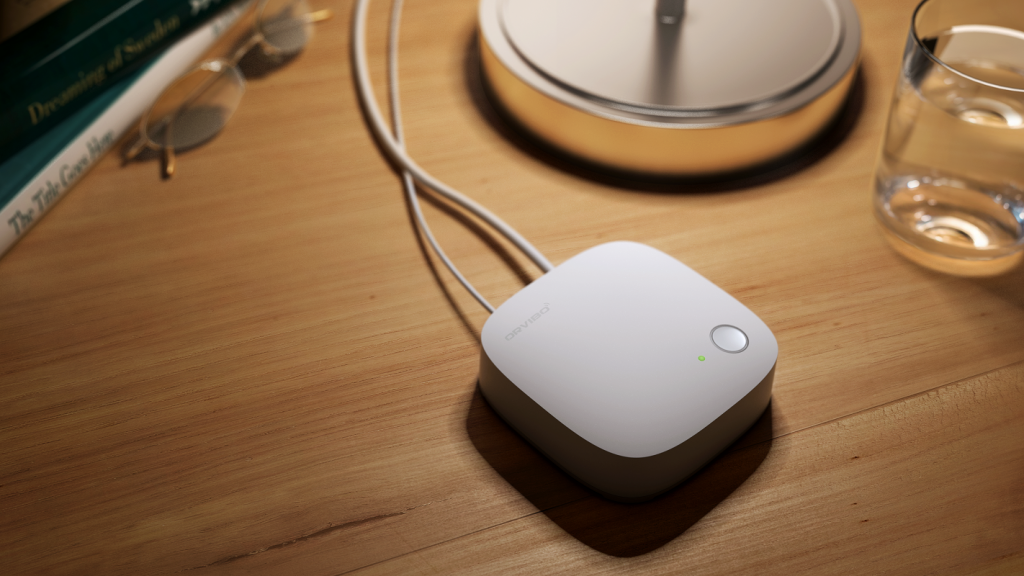
THE WIRELESS REVOLUTION
With battery life improving, and motors becoming more compact, the push is on from many motorization companies to go wireless. But mention this to a number of retail motorization experts and wirefree becomes a dirty word in many applications. No matter how much battery technology continues to improve wirefree options will require batteries to be charged at some stage in their life and this can potentially lead to issues, particularly with older customers climbing ladders. Is the future of residential motorization wirefree? We asked the experts.
“There will always be a place for wired AC motors,” says David Fezer, CEO of Alpha Tubular Motors Global Corporations.
“They have a virtually limitless supply of power, so the way the motor is built and how it performs are not affected by a limitation in the power source.”
“Batteries hold a finite amount of power and one of the most important aspects of a battery motors design, is that it uses the smallest amount of power possible, in order to maximise the time between charges.
Fezer says that most in the industry understand that there is a trade off when selecting one motor type over the other.
“AC motors will be the stronger and longer lasting version, but require wiring so they need to be willing to pay for the electrical work. Battery motors can perform very well, however will require occasional charging, and the lifespan of the motor will usually be dictated by the lifespan of the internal batteries, not the quality of engineering.”
“The biggest pitfall I see for battery operated motors is the introduction of solar panels to internal roller blinds. Many retailers and customers assume that a solar panel, if it is offered, can just attach to the window behind the blind and be left there.”
“This is very often not true except in perfect circumstances. The ability for a solar panel to charge a motor can be greatly affected by the direction it’s facing, if the house has eaves, if there is a neighbour’s house close by and other obstructions like trees and shrubbery. Even those that can charge on ambient light still need line of sight to the sky to work properly.”
“While the technology is sound, the prevalence of incorrect installation due to customer expectations means that there has been a lot of dissatisfaction with solar operated roller blinds.”
On the wirefree bandwagon is Grant Norton from Blindware. He says the Wireless revolution will likely see the residential market switch over entirely to complete wire-free systems.
“They’re convenient, cost efficient and reliable enough to serve their purpose in a domestic environment. Commercially, the switch will be slower, with high-risk environments like hospitals resistant to Radio Control products that may interfere with their equipment, and offices, where a malfunction means people cannot comfortably do their work (with sun streaming in for example), can result in a drop in productivity. As the technology evolves so will solutions to these challenges and the reliability of the market overall.”
Reliability is key
Norton says that when deciding between wirefree and wired systems, above all retailers should look for 100% reliability.
“It can come down to a question of safety – a malfunctioning wind sensor on a large outdoor awning could have catastrophic results for the consumer, as well as the retailer and the brand reputation,” says Norton.
“Retailers also need to consider if their customers have new builds or are retro-fitting an existing establishment. A new build is usually cheaper to install cabling, for example. Ultimately retailers need to understand all the solutions available to their customers- for those with an aversion to RF, for example, there are some great alternatives available, so it’s really a matter of engaging the experts, like Blindware, to ensure you’re across all the options.”
Whilst WireFree innovations are causing a revolution in the accessibility of automation to the domestic residential market, and strongly driving growth in motorisation rates at Somfy, the company views there will always be a place in the market for traditional wired solutions.
“While the end consumer will be happy to charge the batteries in their home once or twice per year, Somfy also has a strong presence in the commercial office building and hospitality sectors where building automation is standard and charging 3000+ batteries in a city office building is not really a viable solution,” Somfy’s Paul de Salis says.
“Commercial buildings demand many different solutions from their wired control systems, including comfort control requirements like sun tracking and internal light management, all of which can be easily controlled by the Somfy animeo system.”
Jodie Featherstone, Somfy Oceania’s National Key Account Manager notes, “from a commercial building point of view, we continued to see strong growth in the NSW market during COVID, while Melbourne slowed a little due to the lockdowns.
“Builders are taking advantage of people working from home to get into existing buildings and refurbish them with the latest technology while people aren’t there.
“Buildings are becoming more energy efficient and more comfortable for workers, in anticipation of a working life that will return to the new “normal” sometime in 2021.”
Solar offers options
“Solar offers the convenience of motorising a product in gazebos, outdoor rooms and other locations where running hardwired power cable is not possible. While solar products are becoming popular, for many automated homes, the convenience of direct wired powered devices is often a reliable consideration and reduces possible service requirements in the future,” says Vera Meharg, Marketing Communications Manager, Luxaflex Window Fashions.
“Retailers need to be aware of pitfalls when deciding between wire-free and wire systems. The most common pitfall is selecting an incorrect use for solar whereby the device will not receive enough sunlight.”
“Other building considerations to keep in mind during installation include shadowing from eaves, neighbouring properties and direction of the façade. This can lead to batteries not receiving enough recharge, which limits the use of the product,” Meharg adds.
[1] See https://www.statista.com/outlook/279/107/smart-home/australia#market-age for more details
[2] Based on independent modelling conducted by White Box Technologies in conjunction with Peter Lyons & Associates, June 2013. Savings vary based on location, home type and fabric used.
[3] Based on information from NABERS (National Australian Built Environment Rating System). Visit www.nabers.com.au for more information.